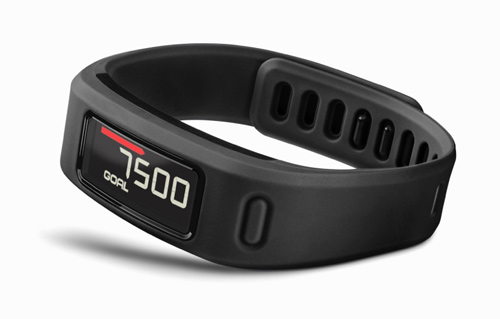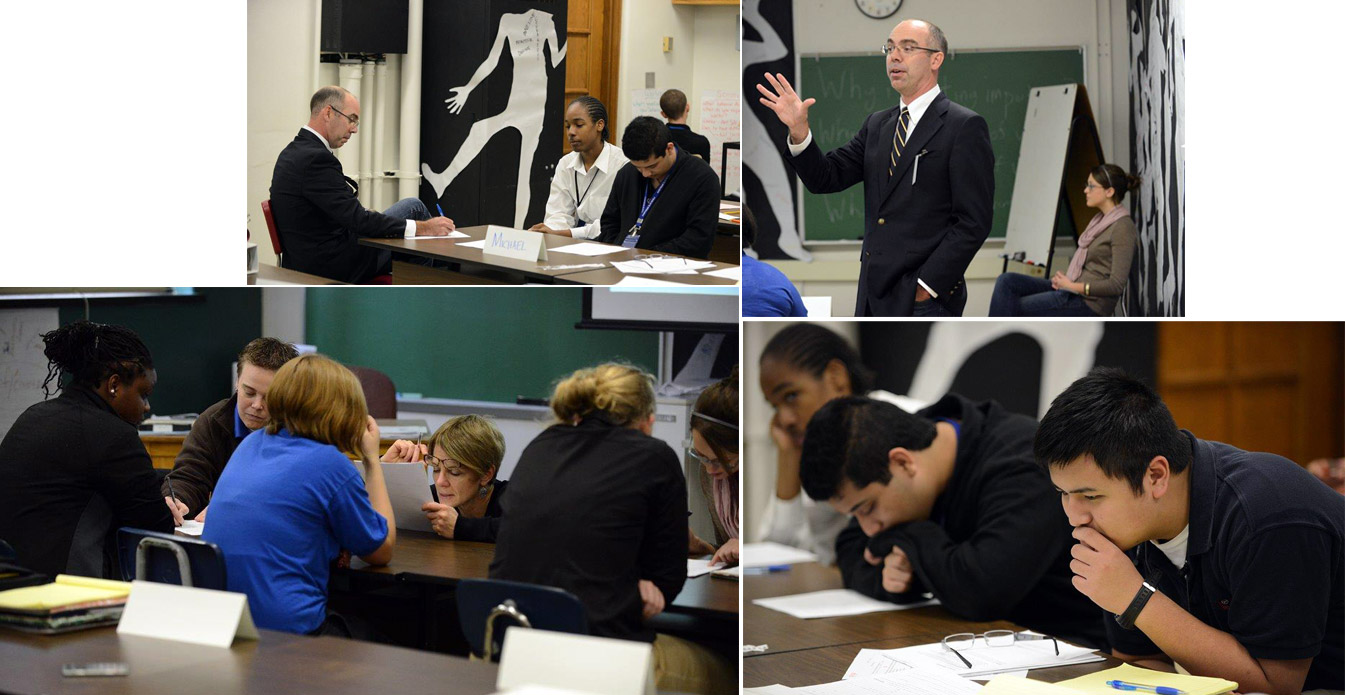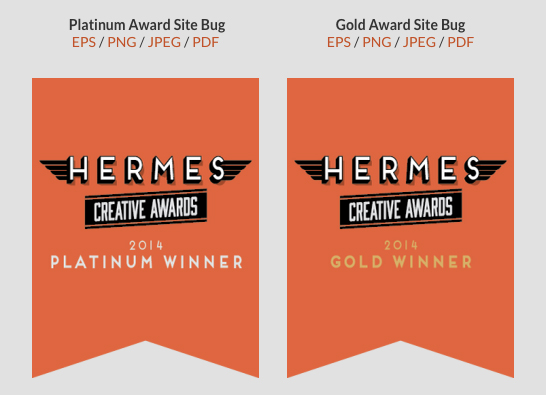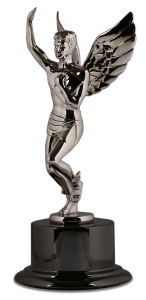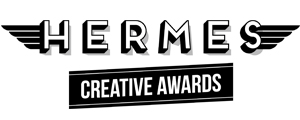| Throughout the years, AMCP entrants have submitted more than 2,000 pro bono entries. While that is a lot of work donated to nonprofits, we’re sure it is only a small percentage of the time, money, effort and skill that our entrants give back to their communities. Throughout the next couple of months, we’re profiling some of these people and sharing their stories with you in our series, Giving Back Through Marketing and Communications. |
Design firm GoodThree recently took home a Platinum honor from the 2014 Hermes Creative Awards for its 2012 Annual Report for the nonprofit 2 Seconds Or Less in the pro bono category. We were able to catch up with GoodThree principal and designer Matt Hannigan to learn more about the firm and how it supports 2 Seconds Or Less.
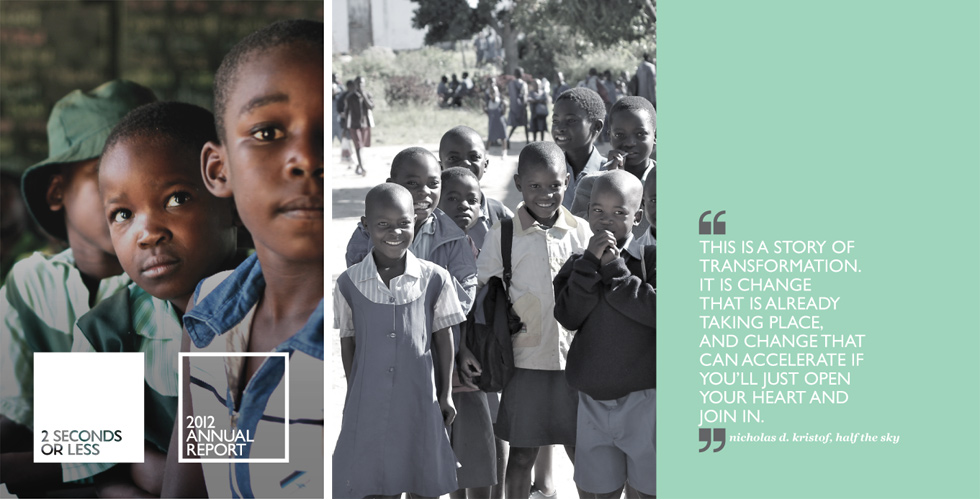
Tell us about 2 Seconds Or Less and its mission. How does it help people?
2 Seconds Or Less (2SOL) is a nonprofit organization based in Central Pennsylvania dedicated to serving impoverished nations by providing sustainable agriculture methods and teaching the people of those areas how to properly plant, maintain and harvest their crops.
How did you find out about 2 Seconds Or Less? Why did you decide to donate GoodThree’s services to help the organization with their annual report?
I started working with 2SOL while I was working as a freelance graphic designer and was given the opportunity to rebrand the nonprofit. After that project, I continued doing work for the organization and formed a strong relationship with them.
When GoodThree was formed, we decided to continue providing our services to them because their mission for sustainable hunger solutions worked very well with our green design business model, and they allowed us to have complete creative freedom over their projects.
How did your team come up with the design and what inspired them?
The 2012 Annual Report design was completely inspired by small individuals making a big difference. This concept is taken directly from the start-up of 2SOL and how much of an impact they’ve made on their community since that time. Every small detail of this report was taken into consideration in order to support that idea, as is common throughout all of our projects. The smallest details can make a huge difference.
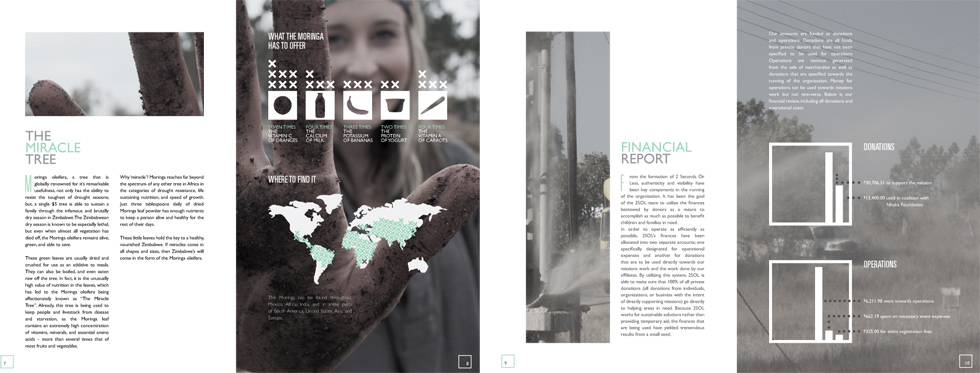
What were some of the most challenging aspects of the project and how did your team overcome them?
One of the most challenging aspects of this particular project was catering the design to the seemingly never-ending copy edits. We wanted to make sure the design continued to compliment the message effectively and successfully throughout all the changes. How we were able to work through this was to maintain good communication with them throughout the process.
Another challenging portion of this project was arranging the sections of the report in such an order that allowed the design to visually tell a story and helped the content flow smoothly from page to page. Solving this issue turned out to be quite simple: look at each section from the reader’s point-of-view and figure out the most logical and visually pleasing presentation order.
How was the report received by 2 Seconds Or Less?
Extremely well. Within 10 minutes of sending the final file for approval, we received a response that simply read, “HOLY CRAP! THIS THING IS BEAUTIFUL!” We could not have been happier with that response.
Do you have plans to continue working with 2 Seconds Or Less? Why?
Yes. We have seen the amazing impact that our services has had on them and their audience, and we would like to continue to be apart of that. Their mission continues to compliment our green design vision and they are always enthusiastic about the work we produce.
*****
 GoodThree is a green branding and design firm with a desire to invest in the client-designer relationship through a “Design Thinking Forward” model. They begin with the end, and end with the beginning; they ensure that their first step paves the way for an engaging sustainable outcome, motivating them to review their design process and analyze every resource.
GoodThree is a green branding and design firm with a desire to invest in the client-designer relationship through a “Design Thinking Forward” model. They begin with the end, and end with the beginning; they ensure that their first step paves the way for an engaging sustainable outcome, motivating them to review their design process and analyze every resource.
Have you donated your services to a nonprofit or do you know someone that has? The Communitas Awards, which recognizes exceptional businesses, organizations and individuals for excellence in community service and corporate social responsibility, is now accepting nominations.


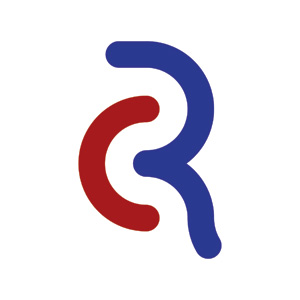 Randy Clark Graphic Design is run by Randy Clark, a freelance graphic designer specializing in print solutions: advertising, packaging, corporate identity and marketing. Contact Randy at randyclarkmfa@icloud.com or 605-691-2203.
Randy Clark Graphic Design is run by Randy Clark, a freelance graphic designer specializing in print solutions: advertising, packaging, corporate identity and marketing. Contact Randy at randyclarkmfa@icloud.com or 605-691-2203.
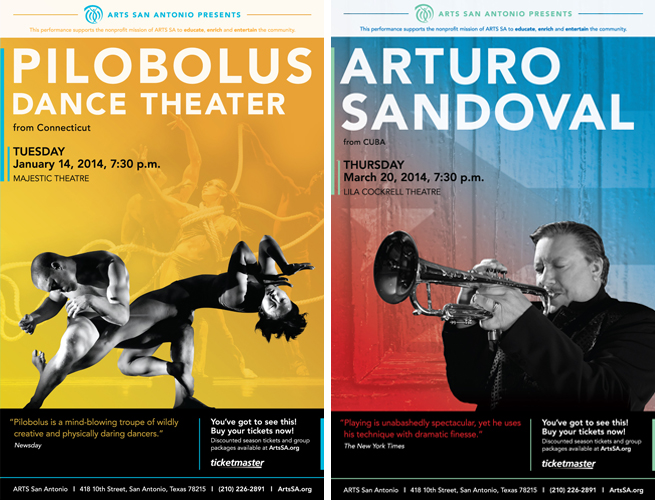

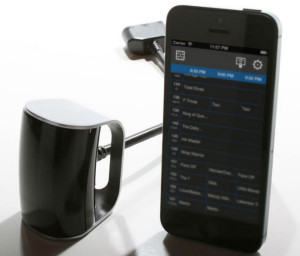 Blumoo, from Flyover Innovations, is a device that works with its own app to let you take control and eliminate the pile of remotes for infrared-controlled home entertainment devices.
Blumoo, from Flyover Innovations, is a device that works with its own app to let you take control and eliminate the pile of remotes for infrared-controlled home entertainment devices.